Carolina Ciucci is a teacher, writer and reviewer based in the south of Argentina. She hoards books like they’re going out of style. In case of emergency, you can summon her by talking about Ireland, fictional witches, and the Brontë family. Twitter: @carolinabeci
Del Rey, publisher of Artificial Wisdom by Thomas R. Weaver
2050: Investigative journalist Marcus Tully is grieving his wife and unborn child, ten years after they perished in a deadly heat wave. To survive the climate apocalypse, the nations of Earth have decided to elect a global leader. The two candidates: a former U.S. president...and Solomon, the first artificial intellect to hold political office. But as Election Day approaches, Solomon’s creator is murdered. It’s up to Tully to find the culprit—and soon, he’s unraveling a conspiracy that goes to the highest levels. Can he convince humanity to face the truth?
Climate fiction, or cli-fi as reporter Dan Bloom put it, has been on the rise for the past few decades. That’s to be expected. After all, we live in a world where climate change is rapidly approaching the point of no return, and dozens, if not hundreds, of authors have grappled with the implications of that in their writing. The questions they seek to answer tend to be two-fold: one, what are the inevitable consequences of climate change? And two, what can we as a species do to mitigate the damage? This second question inevitably delves into speculating on the technology needed for such mitigation, which leads to further follow-up questions, like: What technology could fix this? And what could the possible side effects be?
The authors behind each of the eight books listed here answer those questions in very specific ways: whether it’s existing in stasis pods for a portion of the year (yes, truly), or building a floating city in the Arctic Circle (not quite as amazing as it sounds), or even pumping biological nanotech in a random neighborhood (I know!), they all find fascinating and highly inventive ways of answering one of the most pressing questions of our time: now what?
Blackfish City by Sam J. Miller
It takes impressive technology to build a floating city in the Arctic Circle, from geothermal heating to sustainable energy. But people are people everywhere, and soon crime and corruption join the inhabitants in this supposedly miraculous place. But when a woman arrives (riding an orca and accompanied by a polar bear, no less), she begins to put together a resistance.
American War by Omar El Ekkad
When a new civil war unleashes, the United States government is willing to do anything to rein the rebel states back in, including releasing chemical weapons. Sarat, a woman who grew up in the seceding states and who wants revenge against the government, isn’t willing to pass up the chance to get it when a new chemically engineered virus becomes known to her.
This book follows Sarat from childhood, weaving her life together with a bigger background of climate action.
Goliath by Tochi Onyebuchi
The possibility of establishing colonies on other planets as a “solution” to climate change has been discussed at length, but for the people in this book, it’s already a reality. Those (rich, usually white) who can afford to escape a crumbling Earth do so. The rest? They must cope with a planet that’s turned on itself. Following a nonlinear timeline, the book explores gentrification, the reintroduction of slavery, and other racist atrocities, all against a backdrop of climate disaster.
Noor by Nnedi Okorafor
In this novel, climate change continues to cause natural disasters, like a cyclic sandstorm called Red Eye in futuristic Nigeria. Anwuli, a disabled Igbo woman, upgrades unformed or weakened body parts with cybernetic prosthetics. But when an attack makes her a wanted woman, Anwuli’s life takes a turn.
The Ones We’re Meant to Find by Joan He
Kasey and Celia grew up together in an eco-city built by and for conservationists. Although it provided clean air and water, it wasn’t without its drawbacks: namely, spending a good portion of one’s life in stasis pods. Although Kasey thrived in this environment, Celia hated it enough to take a boat out to sea and never come back.
Cut to a few years later. Cee, a 16-year-old with no recollection of her life except for her sister Kay, is now determined to look for her, whatever it takes.
It Doesn’t Have to Be This Way by Alistair Mackay
Because of climate change and social unrest, Cape Town is now a shadow of what it used to be. Friends Luthando, Viwe, and Malcolm, along with a young boy named Milo, live their lives in this dystopia. For a period of 15 years, they must grapple with everything from their sexuality to their relationships to invasive futuristic technology.
How High We Go in the Dark by Sequoia Nagamatsu
Spanning centuries, this book follows several characters, beginning with Dr. Cliff Miyashiro, who discovers a virus in melting permafrost. Generations to come must find ways to live despite this new, terrible plague, and inventive technologies are created in order to do so.
Cyber Mage by Saad Z. Hossain
When pondering ways to reverse climate change, did you ever consider pumping biological nanotech into a neighborhood? Neither did I. But that’s the reality that people live in in 2089 in Dhaka, Bangladesh. Needless to say, the technology has led to some…unexpected side effects.
In this world, mercenary Dijbrel and elite teen hacker Murzak could not be more different. But they must now work together to uncover the dangers of a new type of AI, previously believed to be an urban myth.
If you’d like to know more about the genre, look no further than What Is Cli-Fi? A Beginner’s Guide to Climate Fiction. If you’d rather read more about the hopeful aspect of climate fiction, try Stories That Save Us: The Power of Climate Fiction in Today’s World.


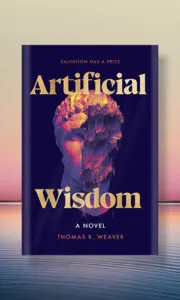
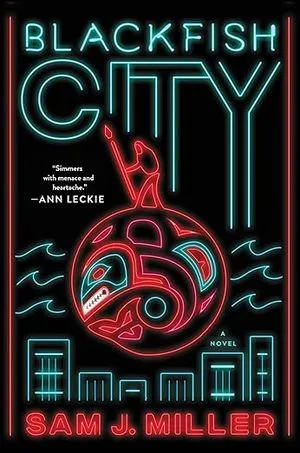

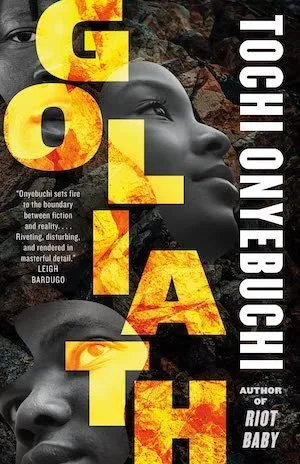
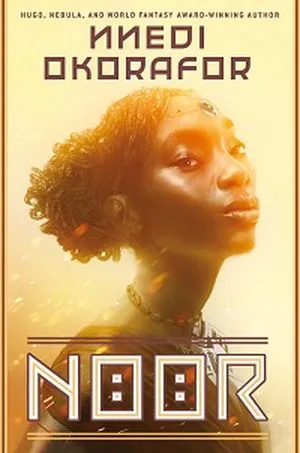

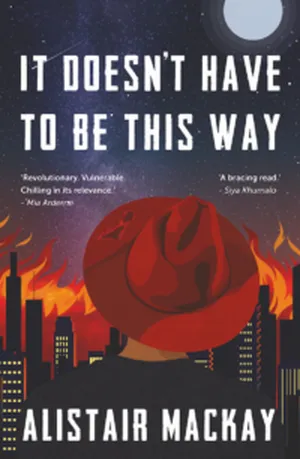
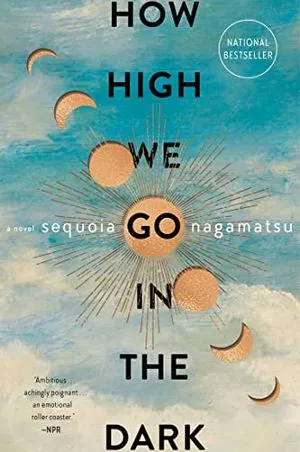
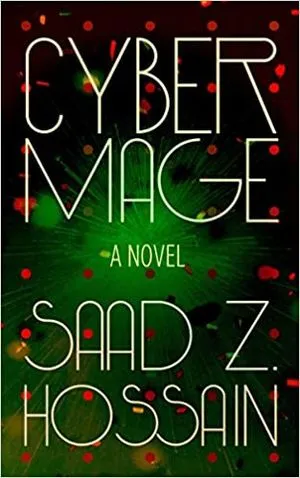











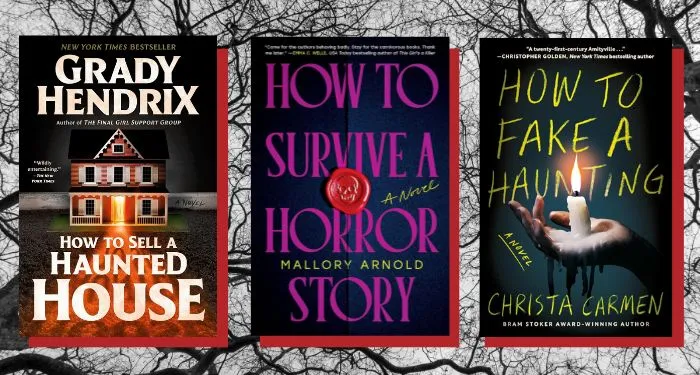





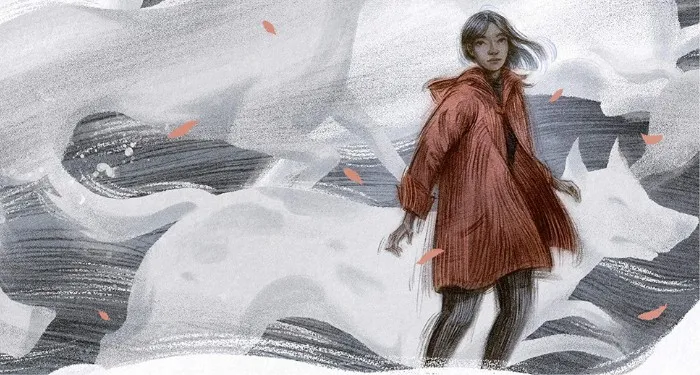
 English (US) ·
English (US) ·